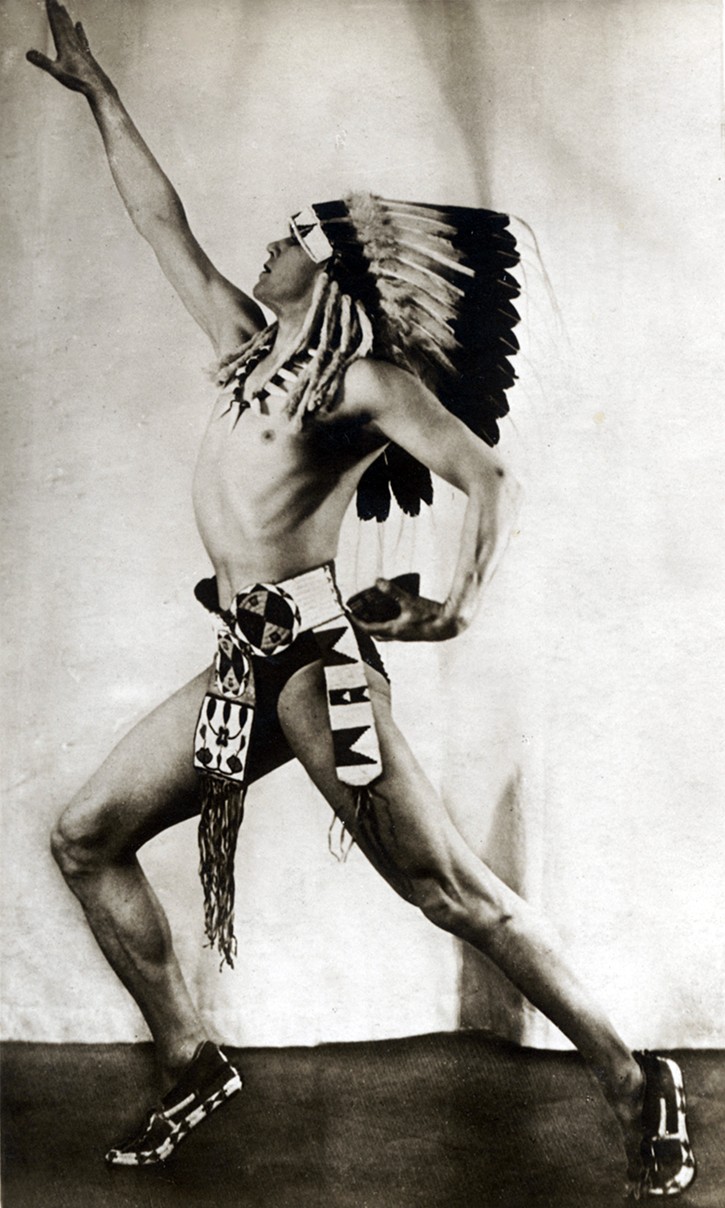Rare Library of Congress Images Reflect Role of Dance to Voice Social Protests


A new exhibition "Politics and the Dancing Body" at the Library of Congress explores how American choreographers between World War I through the Cold War used dance to celebrate American culture, to voice social protest, and to raise social consciousness.
Running till 28 July, 2012, the exhibition spotlights the rich dance, music, theatre, and design collections of the Music Division of the Library of Congress, including the Aaron Copland Collection, Alvin Ailey Dance Foundation Collection and Daniel Nagrin Collection.
By exploring these collections, Politics and the Dancing Body demonstrate how dance was integral to the twentieth-century American cultural and political landscape.
Through the medium of dance, twentieth-century American choreographers created dances that reflected the diverse spectrum of cultural expression. In addition to works that celebrated America's traditional music, folk and immigrant practices, and Native American rituals, choreographers were not afraid to craft political dances that protested injustices or advocated reform.
Apart from voicing social protests, the exhibition also examines how the US government employed dance as a vehicle for cultural diplomacy and to counter anti-American sentiment. Featuring materials drawn mostly from the rich dance, music, theatre, and design collections of the Music Division of the Library of Congress, Politics and the Dancing Body demonstrate how dance was integral to the twentieth-century American cultural and political landscape.
According to the Library of Congress, many choreographers, including Isadora Duncan, Jane Dudley, and Sophie Maslow produced dances that commemorated the ideas of the communist "experiment" established by the newly created Soviet Union after the Russian Revolution of 1917.
During the 1930s and 1940s choreographers Charles Weidman, Erick Hawkins, Daniel Nagrin, and members of the New Dance Group also asserted their voices against the rise of fascism, the exploitation of workers, homelessness, widespread hunger, unemployment, and racism, among other themes.
In reaction to intensified fears about the spread of communism in the post-World War II, Cold War Era, the United States government sent numerous dance companies throughout the world as vehicles for cultural diplomacy and to counter anti-American sentiment. These tours, which included the American Ballet Theatre, the Martha Graham Dance Company, the Alvin Ailey American Dance Theatre, and the José Limón Company, continued until the Cold War ended with the fall of the Berlin Wall in 1987 and the collapse of the Soviet Union in 1991.
Catch a glimpse of the rare images in the slideshow:
© Copyright IBTimes 2025. All rights reserved.






















